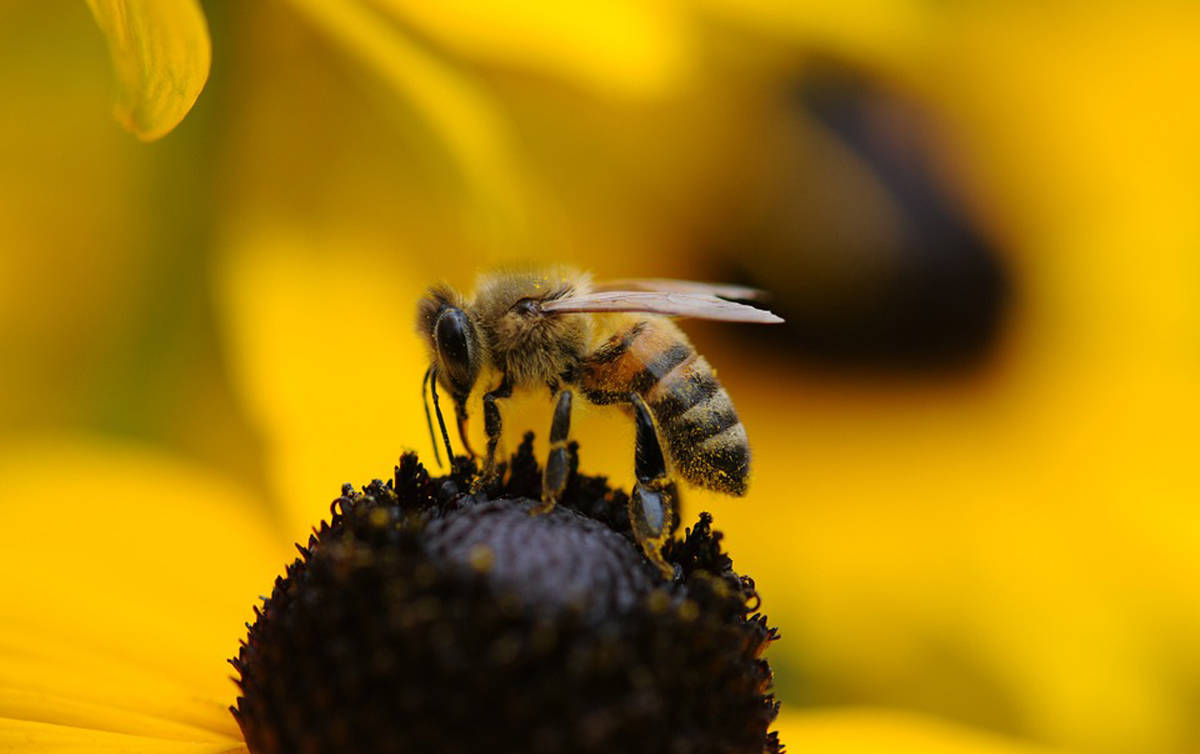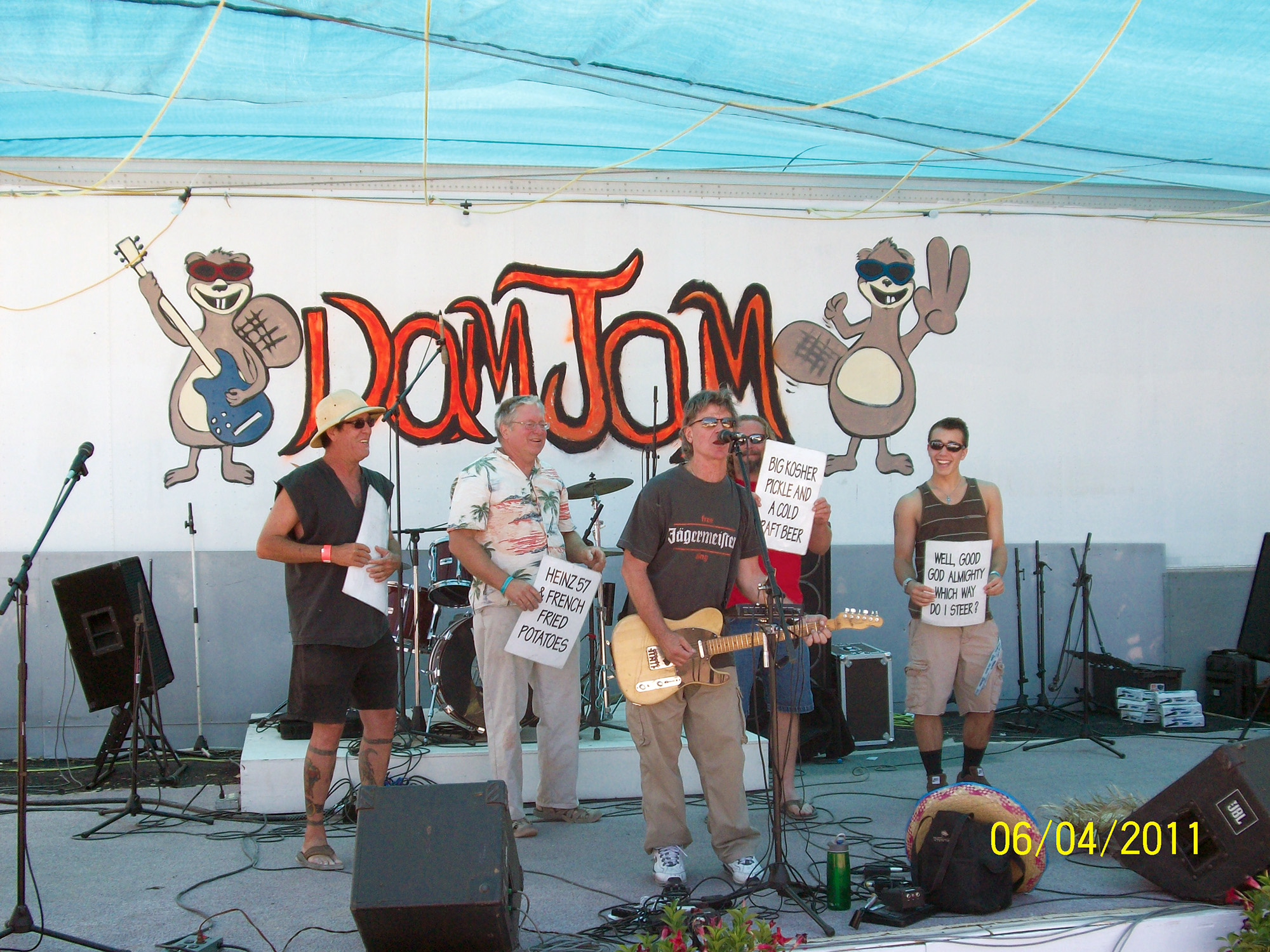 By Carmella Fitzpatrick
By Carmella Fitzpatrick
In receiving more seed packets in the mail of bee-friendly plants, I decided to look into the situation with bees. I myself cannot plant where I have moved to and often give these seed packets to people that I know most likely will plant them.
Here in the U.S., scientists have been working to find the answer for a so-called Colony Collapse Disorder. They suspect poor nutrition because of pesticides and disease-bearing parasites to be an underlying cause.
The U.S. Department of Agriculture and scientists at the University of Maryland have found that a combination of pesticides and fungicides are contaminating pollen that bees collect to feed their hives. But they still don’t understand why an entire beehive dies all at once.
I also found that we are not the only ones facing this dilemma as Germany has had three bumblebee species vanish, and its Krefeld region has lost more than half the two dozen bumblebee species that society members documented early in the 20th century.
We also hear about the monarch butterflies and lightning bugs in what scientists say are an alarming decline of population.
So then what about the moths, hover flies, beetles, and countless other insects that “bug” us through the warm months? The Krefeld Entomological Society, which has preserved thousands of samples of insects over a period of 3 decades, found dramatic declines in these insects across more than a dozen sites.
In the Krefeld data, hover flies — which are also important pollinators often mistaken for bees — show a particularly steep decline.
Okay, then let’s face it. This affects the biodiversity of things. Because as Dave Goulson, an ecologist at the University of Sussex in the United Kingdom, says, “If you’re an insect-eating bird living in that area, four-fifths of your food is gone in the last quarter of a century, which is staggering.” Goulson is working with the Krefeld group to analyze and publish some of the data. He says, “One almost hopes that it’s not representative — that it’s some strange artifact.”
So our reaction may be, “Is this such a bad thing?” Let’s face it, most humans go around smashing and stomping on bugs when we don’t want them around us or in our homes. It’s amazing how these teeny tiny things can totally freak out a big, brawny human.
I for one am one of those crazy people who talks to bugs and explains that if they don’t cooperate quickly enough in leaving my home, they’re toast, which I must say for the most part works, so I don’t kill that many as I throw them out my window, or they fly out. Certain spiders I leave alone, and they keep my home free of bugs, and quite frankly they leave me alone. So the green approach works. Although when I am camping, I lack the patience if they overwhelm me, and I join in the smashing dance.
Humans, for the most part, would need to learn to overcome their fear of bugs and learn to be more patient with them as they would their children. Yes, I know, that sounds insane. But the way I was taught, everything is a creation of God and needs to be honored as such.
Oh! Okay, if you’re an atheist, let’s remember everything has been proven to be vibrating energy that has an interrelating purpose in our lives … so consider that.
Then we have scientist Jeremy Kerr who says that even though pesticide use is a critical cause of bee mortality at local levels, it doesn’t explain the continent-wide habitat shrinkage that stands out in the bee data. He believes global warming does.
What? Now it makes one want to pull their hair out with the possibility of giving up even more luxuries. Pesticides were made to kill bugs … so it makes sense that they will.
So maybe it’s not just pesticides or global warming, maybe it’s just the natural order of things. We’re not positive on what destroyed the dinosaurs, so maybe the same thing is happening with the bugs. Or the bird population or other insect critters could be increasing and eating more bugs. Certain plants are also becoming extinct, which would affect the bug population. It could even be a combination of all of these things, birds, pesticides, and us. Maybe we are wishing them away and they are disappearing!
Or maybe they’re going underground? I know the bees I had in my backyard had a nest in the ground. I left them alone, and they left me alone. They pollinated my flowers and my neighbor’s fruit trees, even though my neighbor’s totally freaked out when they saw them. I had to patiently explain that they are pollinating the trees and that they won’t harm them.
When I moved, the new owners plowed down my mother’s carefully nature-planted yard. My neighbors told me they couldn’t sleep for awhile because it was unusually silent. The crickets didn’t sing them to sleep anymore. And the birds weren’t twittering in my tree. And what made them most sad was that their trees weren’t producing fruit anymore.
So what is happening? Where are the bugs going? Why are they disappearing? Is it our leaving the natural order of things and choosing to only have grass? I must say, the grass thing requires a lot more work. This trend all started because people admired the Queen in England having nice picnic on her gardener’s nicely cut grass. The difference, though, is that we don’t have gardeners doing that for us, and it ends up taking much of our time tailoring our lawns to do this. My naturally planted backyard did not need maintenance and brought much enjoyment. It had low-lying clover that gave a colorful hue in the spring. My neighbors had to constantly mow their lawns, which I sometimes helped them with. So instead of pointing our fingers at industry, maybe we also need to look at our own actions and activities.
Instead of just planting seeds that attract bees, we need to consider planting more in general and learning more of their benefits as well. It would in fact be beneficial to teach the benefits of plants in school so we can all come to understand and participate in their livelihood, and ours. For example, marigolds attract the good bugs to help your other plants and help keep mosquitoes away. Trees breathe out the oxygen we breathe and breathe in the carbon dioxide we breathe out.
If each of us could do our own individual part, we could help restore the natural order of things. As they say, “Every little bit counts.” So pul-leese consider this the next time you want to point the finger elsewhere. Consider buying a handbook on plants, looking into their value once in awhile, and choosing ones you’d like to plant. Not only do they provide beauty, they also provide purpose.
Articles related to “Where are the bees?”
Southern Utah Gardening: Nine tried and true water-wise perennials



